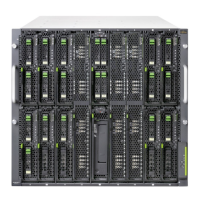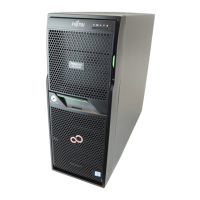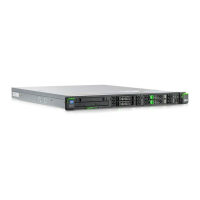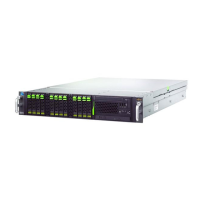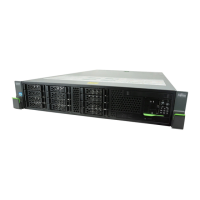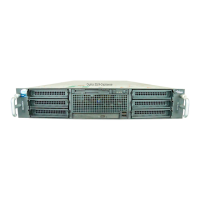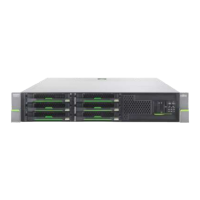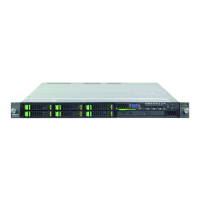Do you have a question about the Fujitsu PRIMERGY ServerView BX900 and is the answer not in the manual?
Defines symbols and conventions used in the manual for clarity and consistency.
Identifies the intended audience for this manual, including system administrators and technicians.
Explains the fundamental concept of blade server architecture and its advantages.
Introduces the ServerView management blade as the primary component for system administration.
Details how to establish a console connection via serial port or LAN for system management.
Presents the main menu options available through the Telnet interface for system operations.
Provides access to various sub-menu options for server management, including system and blade configuration.
Provides an internal interface for sending IPMI messages and debugging purposes.
Configures console redirection for server or connection blades to enable remote control.
Facilitates updating the management blade firmware using the TFTP protocol.
Provides the option to log out from the Telnet console menu.
Allows changing the role of a management blade from master to slave.
Displays event logs and configuration/status information for management and server blades.
Enables chassis information retrieval and management of server series via SMASH CLI.
Provides functionality to change user passwords for system access.
Details the process of logging into the web interface using IP address, username, and password.
Presents an overview of system configuration, components, and their current status after successful login.
Explains how to modify user account details, including changing usernames and passwords.
Guides through the process of updating MMB firmware using the TFTP protocol.
Details how to update MMB firmware using a USB device for firmware files.
Describes the procedure for updating MMB firmware via an HTTP connection to a web server.
Shows total power consumption and details of system unit's output power via a bar chart.
Provides access to detailed power management settings through History, Power Switch, Input Power Limit, and Consumption tabs.
Details the setup process for integrating with a Windows Active Directory server for user authentication.
Guides through the process of configuring an openLDAP server for global user management.
Provides instructions for setting up Novell eDirectory for global user management.
Defines symbols and conventions used in the manual for clarity and consistency.
Identifies the intended audience for this manual, including system administrators and technicians.
Explains the fundamental concept of blade server architecture and its advantages.
Introduces the ServerView management blade as the primary component for system administration.
Details how to establish a console connection via serial port or LAN for system management.
Presents the main menu options available through the Telnet interface for system operations.
Provides access to various sub-menu options for server management, including system and blade configuration.
Provides an internal interface for sending IPMI messages and debugging purposes.
Configures console redirection for server or connection blades to enable remote control.
Facilitates updating the management blade firmware using the TFTP protocol.
Provides the option to log out from the Telnet console menu.
Allows changing the role of a management blade from master to slave.
Displays event logs and configuration/status information for management and server blades.
Enables chassis information retrieval and management of server series via SMASH CLI.
Provides functionality to change user passwords for system access.
Details the process of logging into the web interface using IP address, username, and password.
Presents an overview of system configuration, components, and their current status after successful login.
Explains how to modify user account details, including changing usernames and passwords.
Guides through the process of updating MMB firmware using the TFTP protocol.
Details how to update MMB firmware using a USB device for firmware files.
Describes the procedure for updating MMB firmware via an HTTP connection to a web server.
Shows total power consumption and details of system unit's output power via a bar chart.
Provides access to detailed power management settings through History, Power Switch, Input Power Limit, and Consumption tabs.
Details the setup process for integrating with a Windows Active Directory server for user authentication.
Guides through the process of configuring an openLDAP server for global user management.
Provides instructions for setting up Novell eDirectory for global user management.

